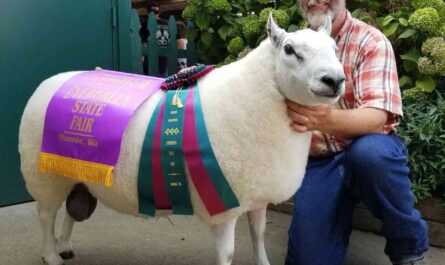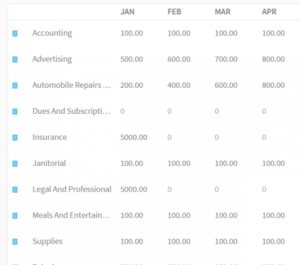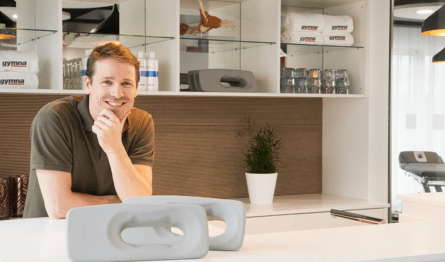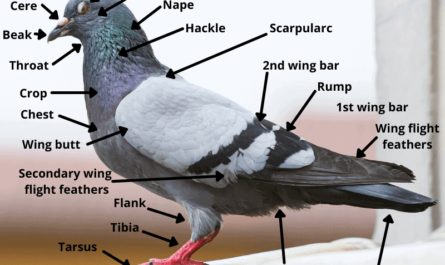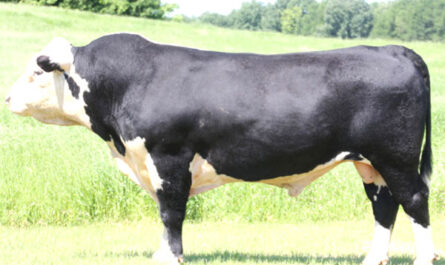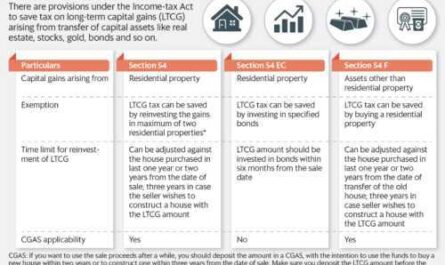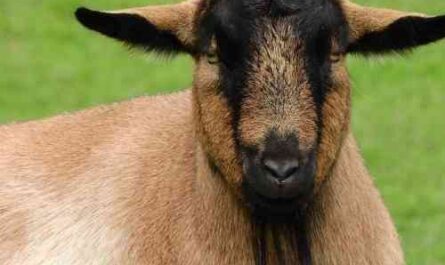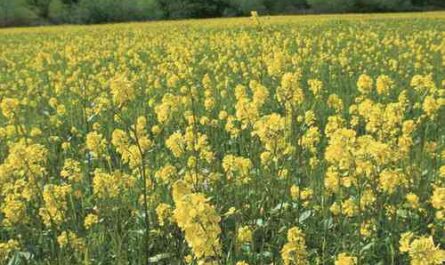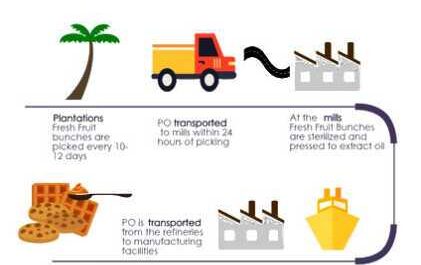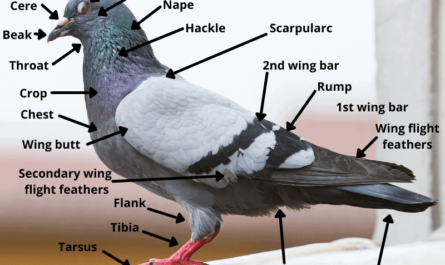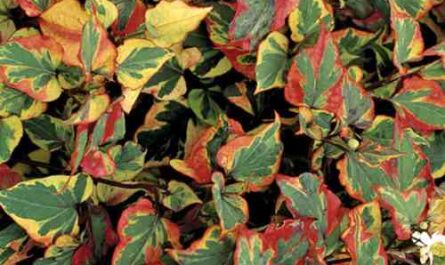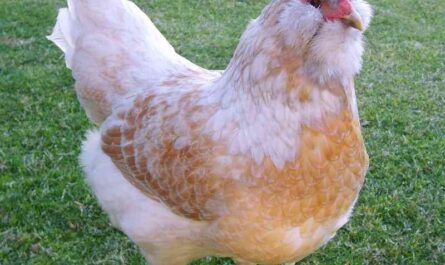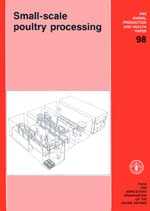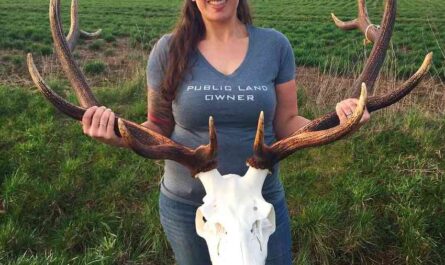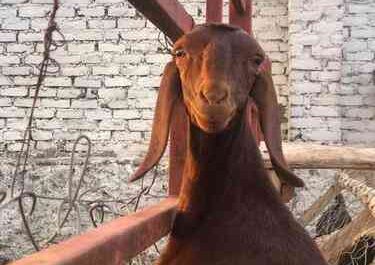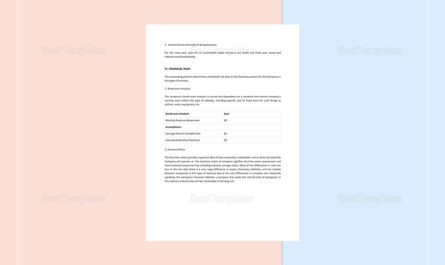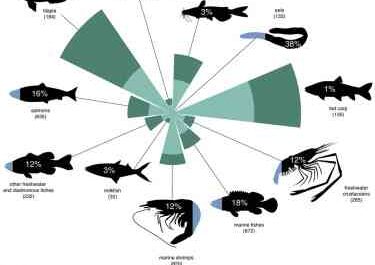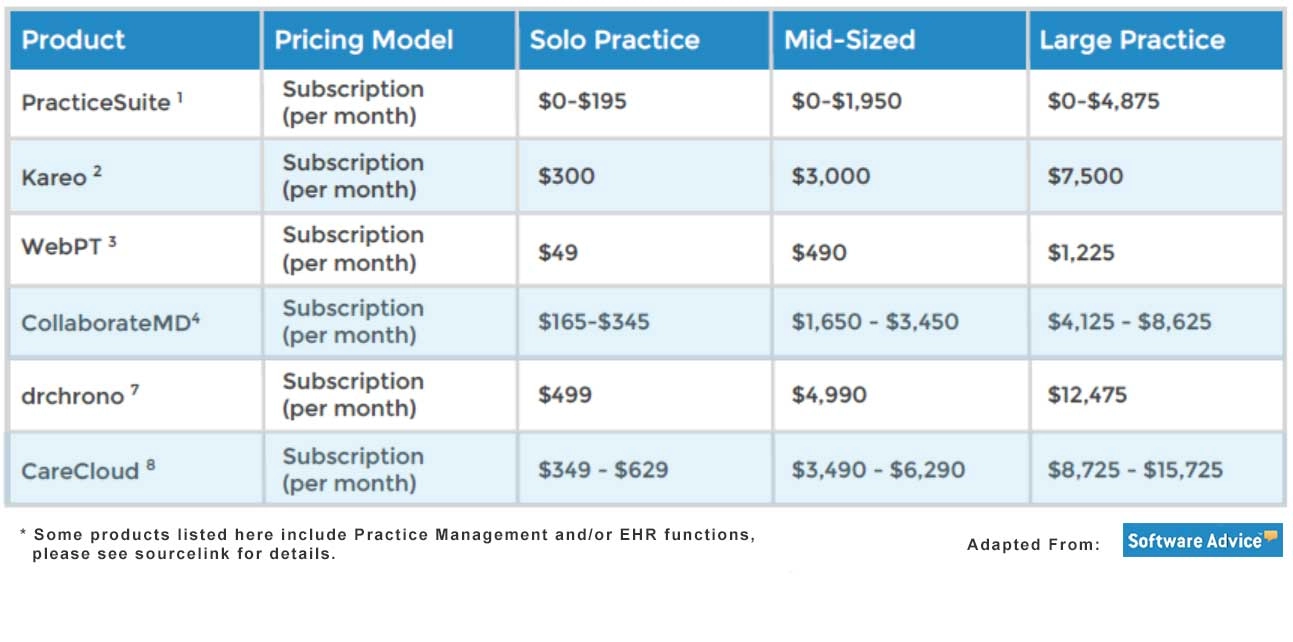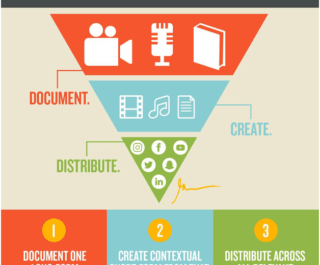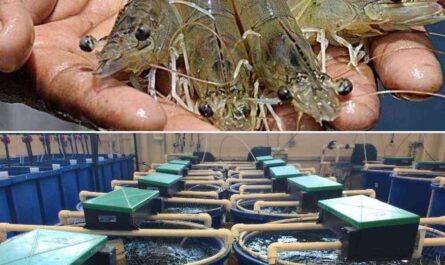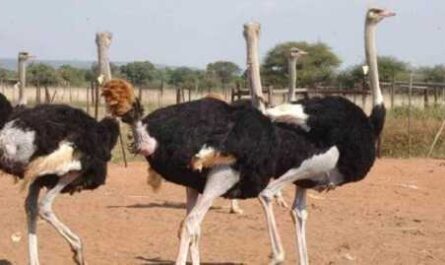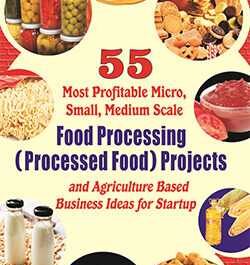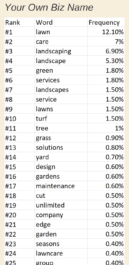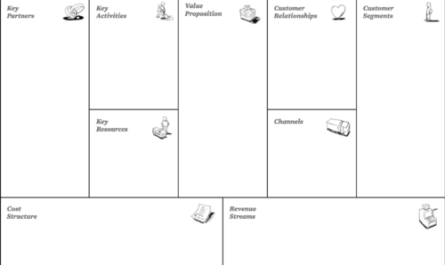Koi fish farming or bass farming is a very simple, popular and profitable business. Koi has been very popular among the people of some Asian countries since ancient times.
Because koi are very tasty and nutritious fish. Koi fish were once widely available in canals, small rivers, swamps, floodplains in Bangladesh, India, Thailand and some other South Asian countries.
Koi fish is considered to be the most popular and tastiest of all the fish species available in these countries. This fish is still very popular today.
Koi fish is also known by other names such as rock bass, koi mung bean, testudineus perch, etc. It is a common fish species in many countries.
Koi fish are generally freshwater fish. This fish can be found in small rivers, canals and swamps.
Nowadays, commercial pond keeping of koi is becoming very popular. Commercial breeding methods, classification, benefits of Thai koi fish breeding and care are described below.
classification of koi fish
The scientific name and classification of koi fish are given below.
- Kingdom: Animalia
- Type: Chordata
- Class: Actinopterygians
- Order: Perciformes
- Suborder: Anabantoidei
- Family: Anabantidae
- Genre: Anabas
- Species: A. testudineus
- Scientific name: Anabas testudineus.
Advantages / Benefits of Thai Koi Fish Farming
Koi fish farming is very simple and profitable. Here we outline the main advantages/benefits of commercial Thai koi fish farming.
- The demand for koi is very high, so its market value is always comparatively higher.
- These fish are able to survive in adverse environmental conditions and the mortality rate is very low.
- Can be grown in higher density.
- Can be grown in a small pond or cage.
- Become suitable for sale in a relatively short time, in 3-4 months.
- Bass farming is very profitable and this fish can be farmed several times a year.
- Koi fish have fewer diseases than other types of fish.
- You will need relatively less capital to start this business.
- Feed costs are relatively lower and you can produce your own feed.
- Koi are primarily insectivorous. For this reason, koi fish can be bred by feeding them insects, small fish, minnows, snails, oyster meat, etc.
- You can use your family labor if you start small-scale production.
- Commercial production is very profitable and can be an excellent source of income and employment. Especially for unemployed educated youth.
- If you don’t have enough money to start commercial production, you can apply for a loan from a bank.
- Eating sea bass has many health benefits and you can enjoy fresh fish if you start your own production.
How to Start a Koi Breeding Business
Getting started in koi fish farming or bass farming is relatively easy and straightforward. It is like raising other types of fish, and beginners can start this business too.
There is little or no difference between the Thai koi and the regular koi. But there are some black spots on the back of Thai koi’s body, and their body is flatter than ordinary koi.
Koi generally grow very quickly and can be grown in small ponds and cages. However, it is more profitable to grow in a pond. Here we try to elaborate on how to start and run this business.
Basin selection and management
It will be better if the selected tank is in an open area where there is enough sunlight. Clear the bush around the edge of the pond. Prune branches if there are tall trees along the shoreline and provide at least 8 hours of sunlight per day.
The smaller pond is very suitable for Thai koi breeding. The ideal pond size is 20 to 30 cents (8,500 to 13,000 square feet).
The main advantage of a small pond is its ease of maintenance. Because small ponds are easy to maintain. The ideal pond depth is 5 to 6 feet.
To prepare the pond, remove the water from it and let it dry. Remove excess clay from the pond, as excess clay releases harmful gases.
You can use sand to minimize the amount of clay. Sand keeps the water clean and the pond environment fresh.
Use of lime and fertilizer
Once the pond is dry, you need to prepare it for koi cultivation using both chemical and organic fertilizers.
It is very important to use lime. Use lime at the rate of 100 kg per acre. After applying lime, use 500 kg of manure per acre. Fill the pond with water after applying organic fertilizers.
Then spray 20 kg of urea and 20 kg of TSP (triple superphosphate) per acre mixed with water. You can also apply directly instead of spraying with water.
You can harvest Thai koi minnow 5-7 days after applying organic and chemical fertilizers.
If you cannot drain the pond, make sure it is free of pests or cannibalistic fish.
Then apply 100 kg of lime per acre. And after 3-5 days of use, apply 500 kg manure, 20 kg urea and 20 kg TSP per acre.
And you can bury the minnow 5-7 days after fertilizing. Pond water will turn slightly green after 5-7 days of fertilization.
Flow management
The Thai koi is a very fast growing species of fish. They will grow faster and reach market size faster than any other commercial fish species.
That is why it is very important to provide enough nutrients. Here we come across a link to learn more about feed management.
Coarse feed control
For the desired growth of koi fish, you need to give them enough nutritious food. Raw feed is the main feed management system and is mainly for poor fish farmers who do not have much money to feed on commercial feed.
In this system, you can use snail or oyster meat, toad minnow, fish tripe or meal (irregular), rice bran, mustard cake, etc.
Using just one of the food ingredients mentioned above, and sometimes others, can give a good result.
For Thai koi, a high quality filling can be prepared by mixing 25% fishmeal, 30% rice bran, 25% mustard or coconut meal and 20% roughage.
Commercial food
For regular, commercial koi keeping, you need to provide them with enough high-quality pellets to get the best performance.
For growing koi fish, pellet food should contain 30-35% protein. If commercial koi fish food is not available in your area, you can use lobster and shrimp food.
You can produce food yourself. This will help you save money while maintaining good quality.
Readily available ingredients can be used to prepare these foods. Follow the formula below:
| Ingredients | Percent | Protein |
| a dish of fish | 25% | 13.75% |
| Meat and bone meal | eight% | 3.5% |
| blood meal | seven% | 4.9% |
| assembled cake | twenty% | 6.6% |
| rice bran | 17% | 2.1% |
| wheat straw | Ten% | 1.7% |
| Plain flour | 5% | 0.9% |
| dried molasses | 5% | .eight% |
| oyster powder | a% | – |
| Premix | a% | – |
| Salt | a% | – |
feed rate
You must use enough food for commercial Thai koi fish farming. Koi fish need plenty of food for the first few days (depending on their body weight). And this will decrease with age.
Give about 10% the first month depending on the body weight of the fish, 6% the second month, 4% the third month and 3% the fourth month.
Provide a full amount of food twice a day. The feeding rate for 4 months per 1000 koi is shown in the following table.
| Age (days) | Submission (grams) |
| 0-15 | 400 |
| 16-30 | 600 |
| 31-45 | 850 |
| 46-60 | 1000 |
| 61-75 | 1200 |
| 76-90 | 1300 |
| 91-105 | 1350 |
| 106-120 | 1400 |
reproduction
Like many other types of fish, koi fish are naturally very good at breeding. But most farmers don’t want to raise juveniles on their farm. Commercial producers have instead purchased juveniles from hatcheries.
Care and other management
Caring for fish is very important. Because good care not only helps fish grow better, but also prevents them from health problems.
Regularly check the water quality. Change the water if there is too much foam, gas in the water.
Also change the water if it develops an unpleasant odor due to excessive use of feed and fertilizer (especially roughage).
If a water changer is not available in your area, use medicine or lime as directed by a specialist.
Always try to maintain good contact with a specialist in your field. And ask him right away if you notice any health issues.
Harvest
If you practice all the right methods and techniques mentioned above, your fish will be fishable within 3-4 months.
Proper prey size for Thai koi fish begins when it reaches 40-80 grams live weight.
You can use normal fishing methods such as the net.
Prepare baskets and carts so that you can send your fish to market immediately after harvest.
Marketing
Selling koi fish is very easy and simple. It is a very common and popular fish. Especially in South Asian countries.
The demand and market value of this fish is very high. Hope you can probably sell your products easily in your local market.
However, you can choose the nearest towns to sell your fish.
yield
It is impossible to say the exact yield per acre. It depends on many factors. But with proper care and management, you can expect yields of up to 1 ton per acre.
Koi Cultivation Tips
- Water quality is very important for keeping koi. Always maintain a moderate pH level in the water.
- Koi fish are not interested in phytoplankton. Thus, we remove the phytoplankton from the water.
- Use a net around the pond to keep fish out of the pond during the rainy season.
- If you notice any health problems, see a specialist as soon as possible.
- Always provide healthy and nutritious food. Never give them contaminated food.
- Use high quality, healthy, disease-free juveniles. Try to buy fingerlings from any reputable nursery in your area.
- Live koi fish are very popular. The demand for live fish and its value is higher than for dead fish. Therefore, try to sell the fish immediately after harvesting.
These are the general steps and ways to successfully start and run a koi keeping business. It is very simple and beginners can also start this business. I hope this guide has helped you! Good luck and God bless you!
video
